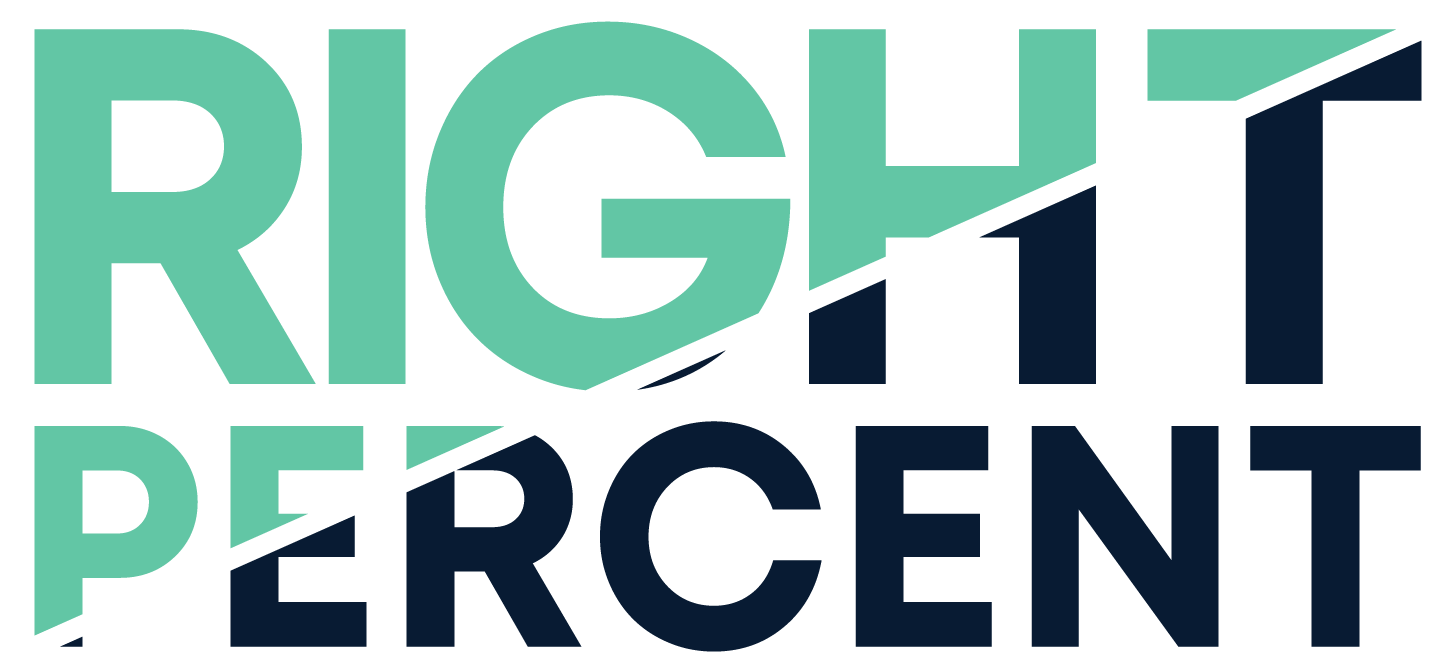B2B Lead Generation vs Demand Generation
Gaetano Nino DiNardi, a really smart B2B marketer, recently posted an article on the difference between lead generation strategies (“lead gen”) and demand generation strategies (“demand gen”) and why he recommends demand gen.
I want to take the other side of this post and recommend lead gen instead as the default strategy, even though we also run demand gen strategies for clients at RP when the strategy calls for it.
The summary of his article is that “lead gen” is the old way where you generate large amounts of MQLs through prospecting, then a sales team works the list to close deals. The “demand gen” approach is finding a tight audience and serving them ungated content to bring them up the funnel more naturally.
The Case for Lead Generation
Why should companies test “lead gen” style campaigns?
First, it still works, just like demand gen does. We have clients spending $500k+ monthly on very ROI efficient lead gen campaigns, even when measured all the way down the funnel.
Lead gen campaigns do default to low quality leads when mismanaged, but advertisers have very powerful levers to improve quality: conversion signal, creative, and targeting. These levers work.
What do lead gen strategies do better?
What do lead gen strategies do better than demand gen?
Lead gen campaigns can learn and iterate faster than demand gen campaigns:
First, obviously, you can turn campaigns on and off at a moment’s notice and get immediate results.
The results are not just on a holistic company level but at the campaign, ad-set and ad level. You can iterate much more effectively with lead gen on your targeting, creative, conversion events and more.
You can spend money on campaigns and see detailed results of each campaign. Campaign A has 40 MQLs, 20 highly qualified MQLs, 10 SQLs and 5 CW. B has 60 highly qualified MQLs, 10 SQLs, and 2 CW. This lets you quickly improve your campaigns, targeting and ads.
With demand gen, the only clues you have to performance are top level metrics like impressions, views and engagement. The problem with these metrics is that they don’t necessarily correlate to anything downfunnel (a viewer may be qualified, maybe not), so you can’t accurately know which types of posts and resources are actually contributing to performance.
With demand gen, the best way of measuring is a lift test - serve half your audience ads and the other half no ads, and see if your ad segment shows a lift. But this still doesn’t tell you what part of your program moved the needle with the audience you want (see our article on B2B Brand Building). And even if you do this successfully - it brings me to my next point, audience size.
Audience sizes can be larger in lead gen
Because demand gen strategies don’t have a true feedback loop (on a campaign and ad level, the only thing you and the ad platforms see is top of funnel metrics), you need to target an audience you’re 100% sure is all qualified for your product.
There is a trade-off between assuring audience quality and audience size, which means in practice demand gen audiences are smaller than lead gen.
Smaller audience means things fatigue faster, which needs more content and resources to serve to the audience - and at the same time you’re not sure which content is moving the needle most.
What About The Downsides?
Many of the downsides of lead gen strategies can also be reduced or eliminated:
As mentioned earlier, there’s many levers to improve lead quality.
You can pre-filter out bad leads from the sales team - I recommend a tiered approach based on prospect quality.
There is a long continuum of reputational risk with leadgen. Some of our clients require an opt-in to get sales messages from content. Others require multiple downloads and signs of interest. Not every lead gen approach is a boiler room.
Now, all that said, we often recommend demand gen style strategies for clients with specific and usually enterprise target markets. They work! They’re just not one-size fits all. And lead gen approaches can work across almost the whole spectrum. There’s no reason even the most enterprise level company can’t run demand gen and lead gen at the same time for different market segments and approaches.
And since lead gen is a choice that can work for almost all B2B companies, I think it’s the better “default” for B2B advertising!

